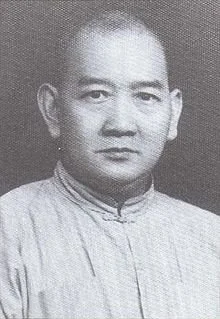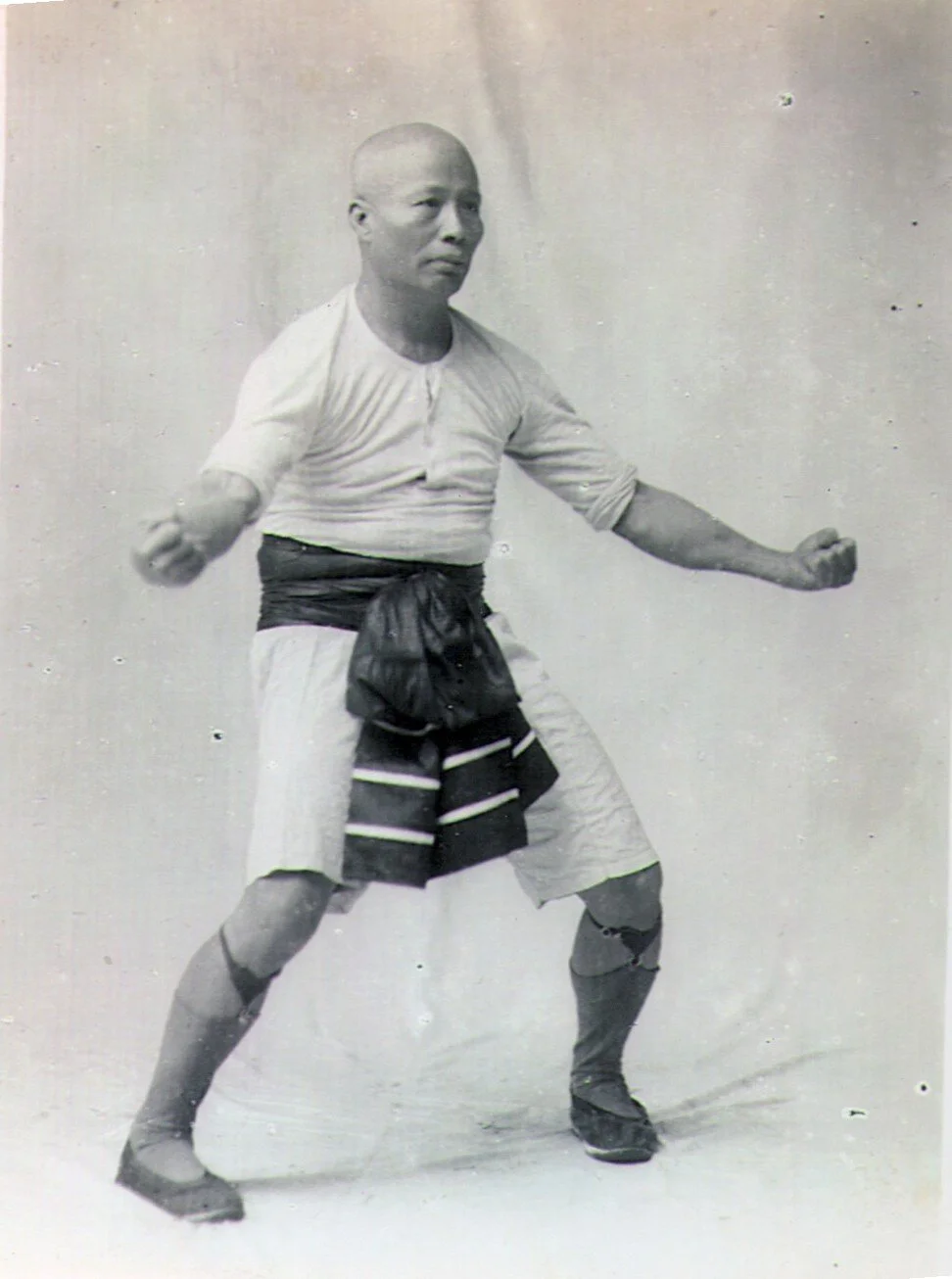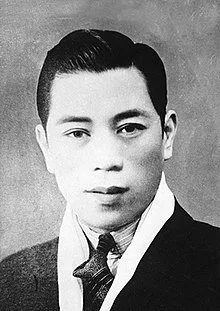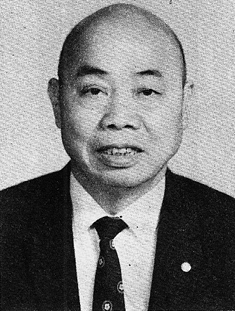Chapter One: The Origins
According to historical references, Buddhism was introduced into China around 25 – 317 AD. Emperor Yuan Hong built the Shaolin Monastery in 495 AD for an Indian Buddhist monk called Brahdra. It was located on the northern foothills of the Wuru summit, of Shao shi mountain, northwest of Deng Feng city, in the Henan Province. Brahdra preached Theravada Buddhism, which taught liberation by purifying oneself of all defilements and desires.
By 527 A.D., ancient records show Ta Mo traveling to China who found the Shaolin monks to be so purified of desire that they were in a state of ill health. He convinced the monks of the benefits of physical exercise and taught them the "18 Lohan Techniques". These patterns,developed by replicating the movements of animals, fused breathing with exact movement exercising mind, body and spirit. Seated Yoga techniques were also taught to help with focus. The monks thrived and thus began Zen Buddhism.
Over time many people would come to the Shaolin Temple to study Zen Buddhism. Many were warriors and they brought with them their combat skills. As self preservation is considered a form of physical health, the sharing of defensive skills was encouraged. Monks needed to know how to defend themselves as they traveled to teach their religion. The nature of the 18 Lohan Techniques were utilized as a format for the development of practical combat exercises.These Forms became the prototypes of Chinese combat exercises which would follow for centuries to come.
Due to the growth and popularity of the Shaolin Buddhist teachings other temples were built. Among the most notable was the Fukien Temple to the South. In time these two temples would come to characterise the concepts of Northern Fist and Southern Foot fighting.
In the Song dynasty (960 A.D.-1279 A.D.), a great martial artist from the Shaolin temple, named Chueh Yuan took Ta Mo's 18 Lohan Techniques and increased them to 72. Still not satisfied, Chueh Yuan sought out other kung fu masters to increase his skills. In his travels, he found Li Sou who introduced him to Bai Yu Feng. Together, all 3 went back to the temple and combined their skills. They increased the 72 techniques into 170. These techniques were then divided into 5 categories (Dragon, Tiger, Panther, Crane and Snake).
Movements of the Dragon were internal and external, circular and spiraling, cultivating the spirit. Moves of the Tiger were fierce pouncing and clawing attacks, emphasizing muscle and bone development. Moves of the Panther were based on speed and power utilizing sudden explosive movements and the use of chi (internal energy). Techniques of the Crane were graceful, fluid, swift and agile, stressing balance. Exercises from the Snake developed chi. The movements were soft and circular yet accurate and deadly. Each of the animal styles was a complete fighting system. They all included long and short range punching/kicking, joint locking, grappling, ground fighting and moves unique to their own styles.
The Manchurians
The Manchurians were a minority group that lived in Northeastern China outside the Great wall. Manchu territory was surrounded by Russia, Korea, Mongolia and China. In 1644 Manchurians invaded and conquered all of China thus starting the Qing Dynasty.
Secret societies arose to deliver the people from the Manchurian rule. Many rebel factions used the Shaolin temples for refuge. Posing as monks, the rebels would train and plan strategy all under the safety of the temple. By the early 1700's the Manchurians discovered this and had the temples destroyed. One Shaolin monk from the southern Fukien temple, who was proficient in the Tiger style, escaped the destruction. His Name was Gee Sum Sim See and he hid out in southern China, teaching kung fu to the rebels.
Another version of the story of why the Shaolin temples were destroyed and how the Shaolin monks become the enemies of the Manchurians is as follows:
During the reign of the Qing emperor Kangxi (1662–1722) the warriors of the Xilufan launched a revolt. These warriors were so feared that the two ministers Kangxi ordered to end their attacks fled China rather than face either the merciless Xilu warriors, or the displeasure of the emperor with failure often resulting in being beheaded.
The monks of Shaolin were asked to help and 128 monks of the southern temple defeated the Xilu army over three months in 1673 without suffering a single casualty. However, by doing so the monks had made enemies of some in the Qing army and the Qing court who were embarrassed by how easily the monks had succeeded where they had failed. Soon rumors began to spread about the threat posed by a power so great that it defeated the entire Xilu army with a force of only 128 monks. This campaign of innuendo was wasted on Kangxi, who remained grateful to the monks, but the rumors had their intended effect on his successor, the emperor Yongzheng (1722–1735), who ordered the destruction of the temples.
The northern temple was destroyed first with many monks fleeing to the south. In 1723, on the 6th day of the first new moon of the lunar calendar, Qing forces launched a sneak attack on the southern Shaolin temple, which began by bombarding the largely wooden monastery with a relentless deluge of burning arrows.
Between the surprise attack, the fire, and the overwhelming number of Qing soldiers, 110 out of the 128 monks were killed that day. The purge of the Shaolin temple took 70 days as Qing forces hunted down the 18 survivors. The surviving warrior monks of Shaolin inflicted massive casualties on their Qing pursuers but, in the end, their numbers were too great.
Soon only five remained:
The Chan (Zen) master, Jee Sin Sim See
The nun, Ng Mui
The Taoist, Bak Mei or Pei Mei (White Eyebrow)
The Taoist, Fung Do-Duk
The "unshaved" (lay) Shaolin disciple Miu Hin
After two years of running and hiding from the Qing army, these fugitives of the cloth regrouped at Mount Emei in Sichuan Province. As one of the sacred mountains of China, Mount Emei was home to about 70 monasteries and temples where the five clerics could blend in easily.
Regardless of why the temples were destroyed it is commonly thought that the northern temple was destroyed first, forcing the survivors to seek refuge in the south.










